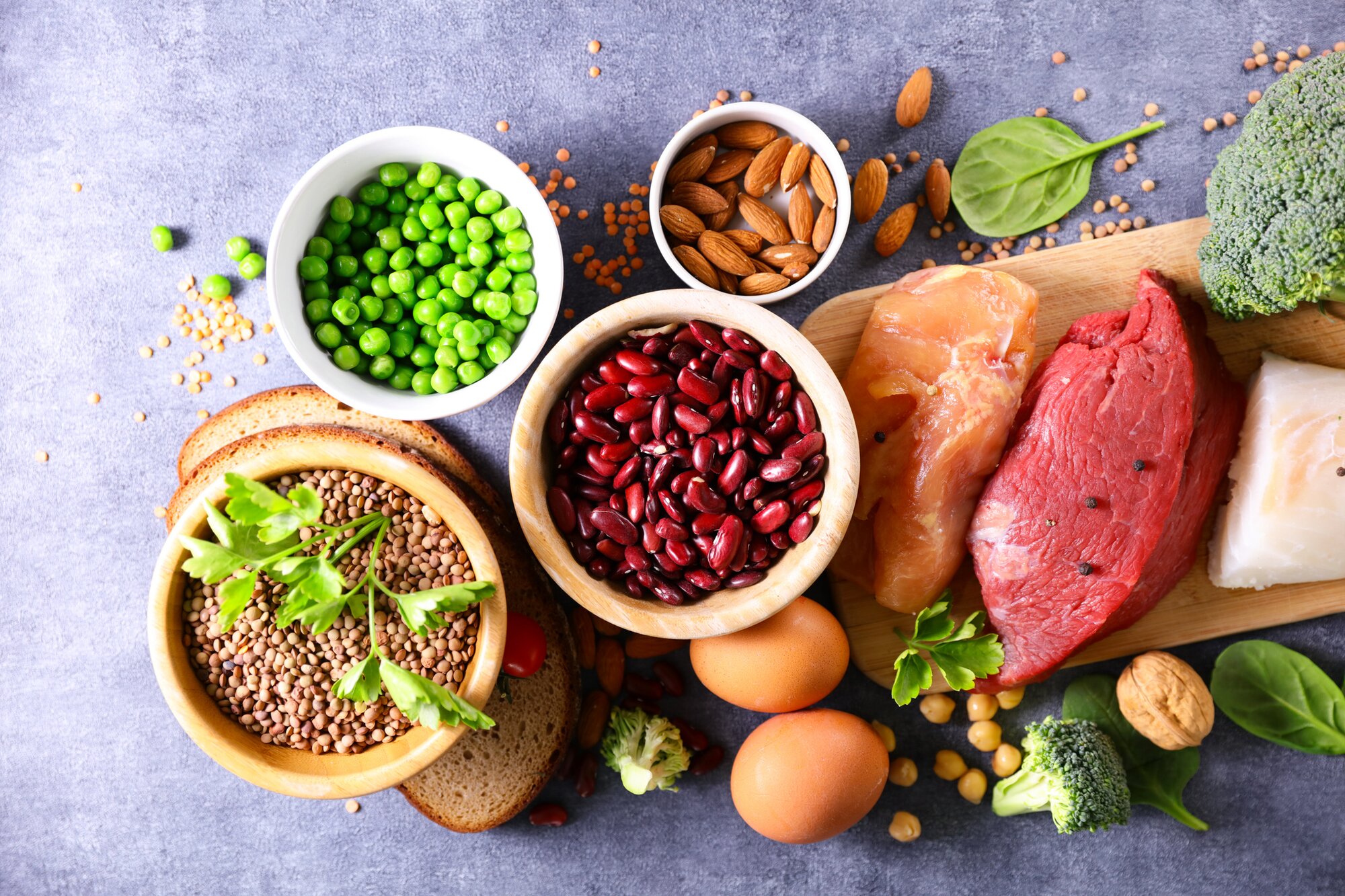Last Updated: 08/07/2025
The Benefits of Fresh Dog Food
Our vet authored guide to the benefits of feeding your dog fresh food plus tips and advice for introducing it into their regular menu.
Author: Dr Teagan Lever BVSc (Hons)
Reading Time: 442 minutes - extensive read
One of the most common topics veterinarians receive questions about is diet; Pet owners universally want the best for their furry family members, and navigating the world of dog food can feel a bit like deciphering a secret code sometimes! In this article we'll cover some of the potential benefits of incorporating fresh, chilled, or frozen food into a dog's diet.
Now, before diving in, let's be clear: commercial kibble has come a long way, and for many dogs, it provides an excellent primary source of nutrition. As we learn more about human and pet nutrition and the way what we eat works with our bodies, it's only natural that pet parents are keen to understand more about whether fresh or raw food might be a good fit for their dog.
So, what are the potential perks of adding fresh food to a dog's bowl, and what does the science say? Let's explore!
Shop the range
The benefits of feeding fresh
Gut feeling: supporting a healthy digestive system
A healthy gut is the cornerstone of overall health, and this is true for dogs too. Fresh food diets, particularly those rich in diverse whole ingredients, can contribute to a more balanced and thriving gut microbiome. The natural fibres present in fresh fruits and vegetables act as prebiotics, feeding the beneficial bacteria in a dog's gut. We know in people that a robust and diverse microbiome can lead to better digestion, improved immune function, and even better mood.
While the research on the canine gut microbiome is ongoing, studies in humans and animals consistently show the positive impact of whole, unprocessed foods on gut health. Diet plays a significant role in shaping the canine gut microbiome, with diets containing diverse ingredients potentially promoting greater microbial diversity1. This translates to more comfortable digestion and potentially fewer issues like upset stomachs or irregular bowel movements for a dog.
Research has shown that diet significantly impacts the canine gut microbiome1,2. While there are a handful of studies suggesting fresh or raw diets cause shifts in microbial diversity and composition compared to kibble, the long-term implications of these microbial changes are still yet to be understood.
The integrity advantage: health benefits from minimal processing
Is fresh a good fit for your fur family?
Making the switch: a balanced approach
For most dogs, a "mixed feeding" approach can be a fantastic way to introduce the benefits of fresh food without a complete overhaul. This means continuing with a high-quality kibble as their base and supplementing with a portion of chilled or frozen food.
A few important considerations:
- Balance is Key: If considering a fully fresh diet, it's crucial to ensure it's nutritionally complete and balanced for a dog's age, breed, and activity level.
- Gradual Introduction: Just like with any dietary change, introduce fresh food gradually over several days to avoid digestive upset. Start with small amounts and slowly increase the proportion.
- Storage and Handling: Fresh food requires proper storage and handling to prevent bacterial contamination. Always follow the manufacturer's guidelines for thawing and serving.
The bottom line
Adding chilled, or frozen food to a dog's diet can be a wonderful way to boost their well-being, enhance their mealtime enjoyment, and potentially offer improved nutrient absorption, positive gut health changes, and even reduced inflammation. It's not about being "all or nothing," but rather about exploring ways to enrich their diet for a healthier, happier life.
Further Reading
Learn about novel protein diets, their health benefits, and how they cater to pets with specific dietary needs.
Learn how you can improve your senior dog's health, longevity and quality of life simply by switching them over to a senior dog food
Wondering which grain-free food is best your dog or puppy? Find out what our vets recommend
Could your dog benefit from a probiotic? Read our vet authored guide to learn more.
Take a look at the pros and cons and safety tips around raw bones from our vets.
What makes a pet food 'natural'? Learn what the benefits of a natural diet is for your dog.




